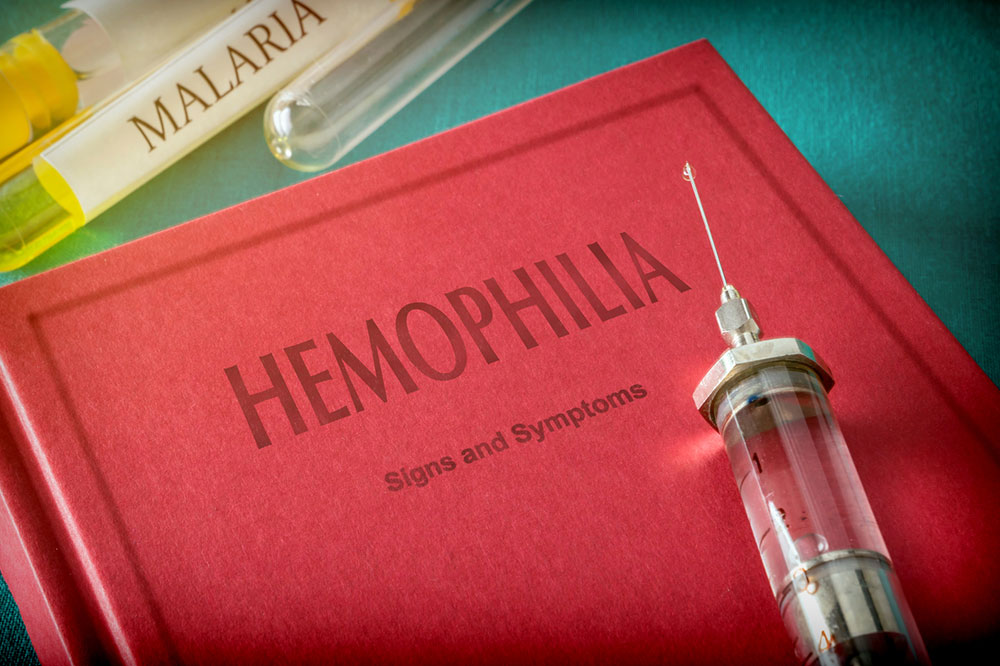
Risk Factors of Hemophilia
Hemophilia is a bleeding disorder in which blood doesn’t clot properly, which leads to excessive bleeding following a minor injury or major surgery. Blood contains substances known as clotting factors, which can curb bleeding in the event of an injury. In hemophilia patients, the levels of this factor are particularly low. In most cases, hemophilia is an inherited disease. However, there are a few other risk factors that are associated with the condition, as listed below:
- Gene mutation
Coagulation factor VIII—a protein that is responsible for controlling bleeding—is present in the F8 gene; while the F9 gene carries instructions to produce coagulation factor IX. Mutations in the F8 gene cause hemophilia A, while changes in the F9 gene are responsible for hemophilia B.
- Abnormal coagulation factors
After an injury or surgery, the sealing of damaged blood vessels and prevention of excessive blood loss is done through blood clots. Both coagulation factors work together in the blood-clotting process. Patients with hemophilia are born with mutations in their F8 or F9 genes, hence carrying abnormalities and low quantities of coagulation factors VIII or XI.
- Missing protein
Changed or missing factors are incapable of forming blood clots, as a result of which the body cannot heal on its own in case of an injury. These missing coagulation factors sometimes lead to continuous bleeding, which is difficult to control or stop. Mutations are the main risk factors of hemophilia.
- Family history
Men who are born into a family that is known to have a history of hemophilia are at a greater risk of being hemophilic. The disease is found in the affected X chromosome, which they inherit from their mothers (while the Y chromosome is inherited from fathers). Women are at a lower risk since they have two X chromosomes, each of which they inherit from their mothers and fathers. However, in rare circumstances, females, too, can be affected by the disease.
- Non-inherited genes
In rare circumstances, patients can develop acquired hemophilia whose risk factors are not associated with inherited genes. This autoimmune disease causes bleeding into skin or soft tissues. It occurs when specialized proteins known as antibodies mistake factor VIII as a foreign substance and attack it, thereby disabling its coagulation activity.
- Presence of inhibitors
Autoantibodies are called inhibitors because they affect the function of the coagulation factor VIII. AH is quite uncommon in children and usually affects aged persons who may not have an earlier history of bleeding disorders. This disease is sometimes associated with pregnancy as well.
- Existing disorders
Some existing autoimmune disorders can lead to acquired hemophilia. These include multiple sclerosis, lupus, rheumatoid arthritis, ulcerative colitis, infections, diabetes, hepatitis, dermatological diseases, hematological (blood) cancer, and more. Drugs such as penicillin or interferon are also known to cause acquired hemophilia.



